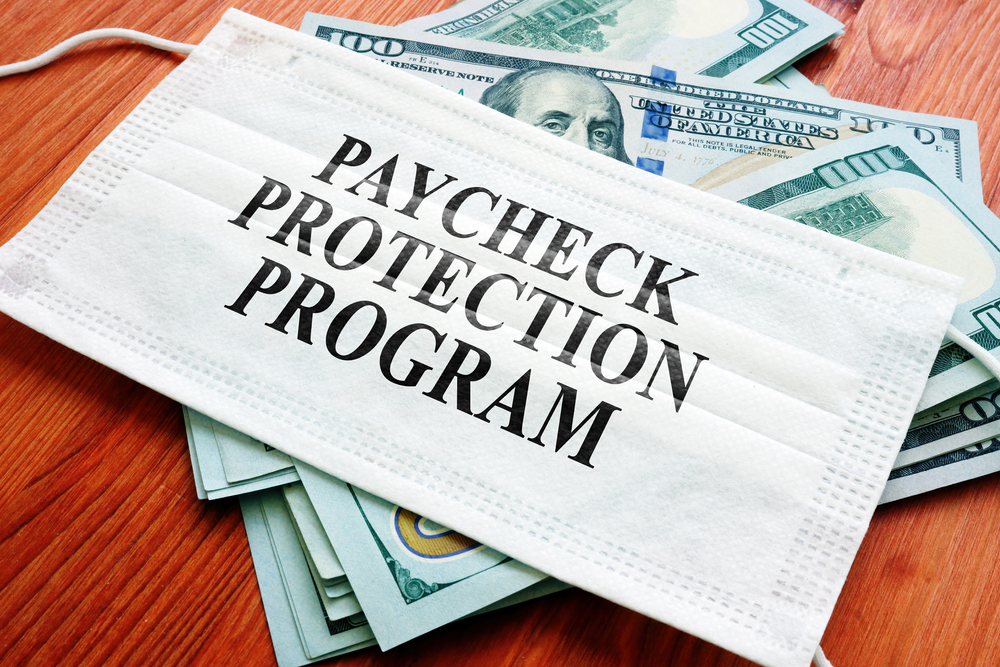The Paycheck Protection Program (PPP)—called a godsend by some and seriously flawed by others—may be in for a bit of an overhaul.
The House passed the Paycheck Protection Program Flexibility Act on May 28, and the measure is expected to get a vote in the Senate soon, but not before senators seek changes in the House-passed version.
The PPP provides forgivable loans to employers that keep employees on the payroll or bring them back quickly as businesses adjust to the COVID-19 crisis. In its original form, employers were to spend 75% of their loan amount on payroll, and the remaining 25% could be spent on rent, mortgage interest, and utilities. The money had to be spent within an 8-week period beginning on the date the loan was funded.
For some businesses—notably restaurants—the short time period presented a problem that jeopardized their ability to meet loan forgiveness requirements. The House-passed bill extends the amount of time to spend the money to 24 weeks and reduces the amount that must go to payroll from 75% to 60%.
The bill also extends the repayment period for the portion of the loans not forgiven from 2 to 5 years, but that part of the bill isn’t retroactive for employers that already had taken PPP loans.
New Bill ‘a Relief’
Burton J. Fishman, an attorney with Fortney & Scott, LLC in Washington, D.C., said the changes, if passed, will be welcome news to many employers taking advantage of the loan program.
“This will be a relief to some employers, especially those who weren’t able to generate revenue over the past weeks,” Fishman says. “The change in the percentage to be spent on employees to 60% will help stretch the funds but may inadvertently reduce the number of employees retained by businesses.”
Even if changes are enacted, some employers will have trouble meeting the requirements for full loan forgiveness, so employers need to exercise caution when evaluating whether to take advantage of the program.
“Unless and until you start generating revenue to meet your overhead and make a profit, the loan forgiveness is a secondary concern,” Fishman says. “If you do not believe you can meet the forgiveness requirements, then PPP is just a low-interest loan—which may be beneficial. But plan carefully when assessing debt load.”
Cathleen S. Yonahara, an attorney with Freeland Cooper & Foreman LLP in San Francisco, California, says that if passed, the bill would be “tremendously helpful to employers, particularly those who have been unable to utilize the PPP loan because of ongoing shelter-in-place orders.”
Since the original language of the program calls for an 8-week period following receipt of the loan, employers in areas with long shelter-in-place orders are in a bind. “By the time those businesses are allowed to reopen and recall their employees from furlough, they will no longer be eligible for loan forgiveness” without a change in the law, Yonahara says.
Changes Helpful, ‘Maybe’
Christina L. Moore, an attorney with Taylor English Duma LLP in Atlanta, says the employers she works with believe the changes in the bill are helpful, “maybe.” Extending the time to get an employer’s headcount back up and allowing more time to get the money spent will certainly help many businesses but not all, she says.
“I think the restaurant industry has struggled the most in fitting within the program,” Moore says. Some restaurants may be in the position of bringing employees back within the time period for loan forgiveness only to need to lay them off again if business isn’t good enough to justify keeping workers on board.
Moore says she’s advising employers having trouble meeting the requirements for full loan forgiveness to remember that the unforgiven part of the loan comes at a low—1%—interest rate. She urges employers to balance the desire for forgiveness with doing what is needed to save the business.
Tammy Binford writes and edits news alerts and newsletter articles on labor and employment law topics for BLR web and print publications.


